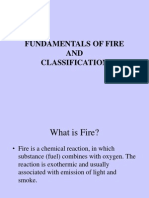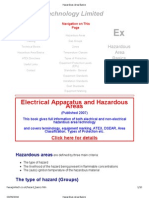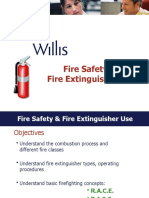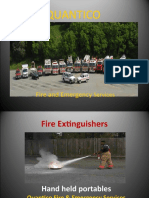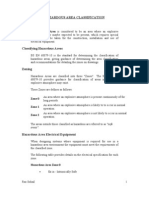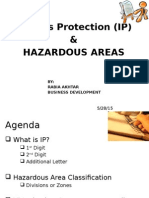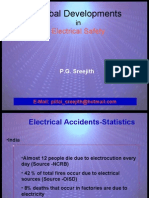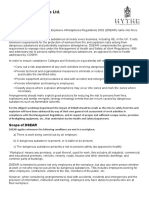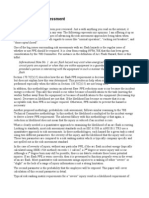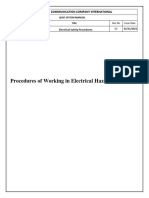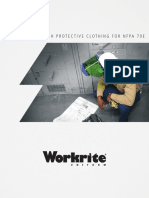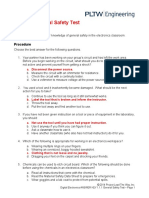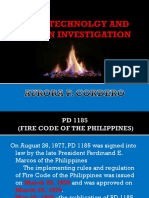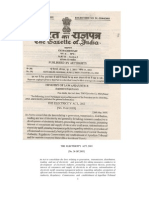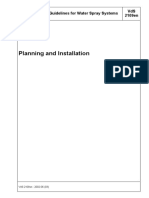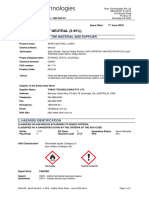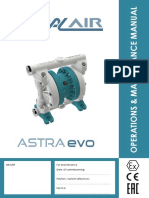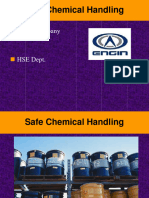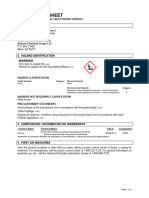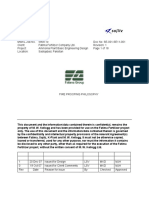0% found this document useful (0 votes)
112 views65 pagesFire Prevention & Control: Fire & Safety Dept-MR
This document discusses fire prevention and control. It defines fire as a rapid chemical reaction involving combustible matter that evolves heat and light. Fires are classified based on the type of fuel (A - ordinary combustibles, B - flammable liquids, C - flammable gases, D - metal fires). The chemistry of fire is explained using the fire tetrahedron - fuel, heat, oxygen and chain reaction. Methods to extinguish fires include starvation, smothering and cooling by removing one of the elements of the fire tetrahedron. Basic definitions like flash point, vapor pressure, lower explosive limit are also provided.
Uploaded by
nvaradharajan1971Copyright
© © All Rights Reserved
We take content rights seriously. If you suspect this is your content, claim it here.
Available Formats
Download as PPT, PDF, TXT or read online on Scribd
0% found this document useful (0 votes)
112 views65 pagesFire Prevention & Control: Fire & Safety Dept-MR
This document discusses fire prevention and control. It defines fire as a rapid chemical reaction involving combustible matter that evolves heat and light. Fires are classified based on the type of fuel (A - ordinary combustibles, B - flammable liquids, C - flammable gases, D - metal fires). The chemistry of fire is explained using the fire tetrahedron - fuel, heat, oxygen and chain reaction. Methods to extinguish fires include starvation, smothering and cooling by removing one of the elements of the fire tetrahedron. Basic definitions like flash point, vapor pressure, lower explosive limit are also provided.
Uploaded by
nvaradharajan1971Copyright
© © All Rights Reserved
We take content rights seriously. If you suspect this is your content, claim it here.
Available Formats
Download as PPT, PDF, TXT or read online on Scribd
/ 65
